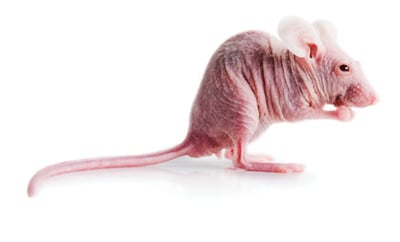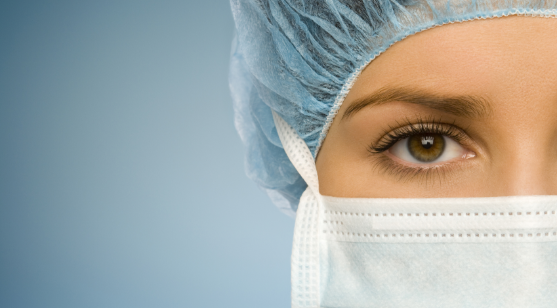SHrN® hairless NOD.SCID mice
NOD.Cg-PrkdcscidHrhr/NCrHsd

Strain
Location
Order Today
Typically heterozygous rats are cryo-recovered in 10-12 weeks to an age of 7 weeks old. Subsequently homozygous rats to an age of 7 weeks old can be produced within 20-22 weeks.
- Coat: Albino
- Decreased dendritic cells
- Decreased granulocyte function
- Decreased macrophage function
- Deficient in T and B cells
- Inbred
- NK cell functional deficit
- No circulating complement
- Phenotypically hairless (sparse, intermittent hair growth possible)
- Severe Immunodeficiency
Availability: Cryopreserved as heterozygous embryos
Origin:
The hairless NOD.SCID (SHrNTM) mouse was created by Harlan in 2009 by crossing the hairless mutation from the HsdOla:MF1-hr model onto the NOD.Cg-Prkdcscid/NCrHsd model. These animals are homozygous for both the scid and hairless mutation and are on an inbred NOD genetic background.
In 1972, hairless mice from Burroughs Wellcome, Beckenham were sent to OLAC (now Inotiv), where the hr gene was backcrossed onto HsdOla:MF1 mice.
The NOD.SCID mutant mouse was received by National Cancer Institute, Frederick, Maryland, in 2004. Harlan acquired from National Cancer Institute in 2006. Harlan became Envigo in 2015, then Envigo was acquired by Inotiv in 2021.

Available regions:
For pricing information, please contact us using the phone number above.

Research use and related publications
- Oncology
- Humanization applications
- Imaging applications
- Xenograft transplantation





